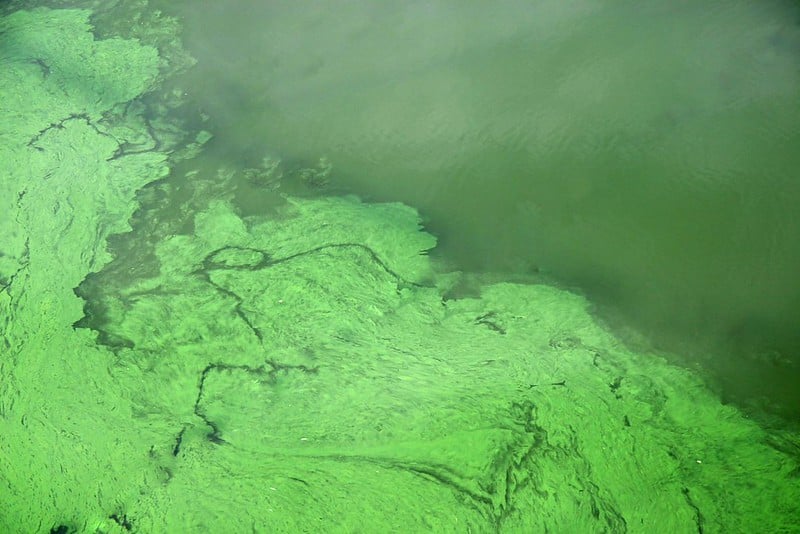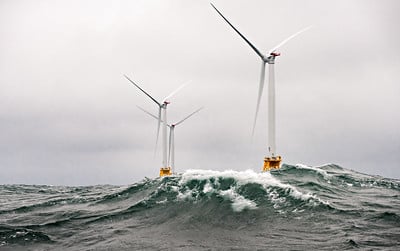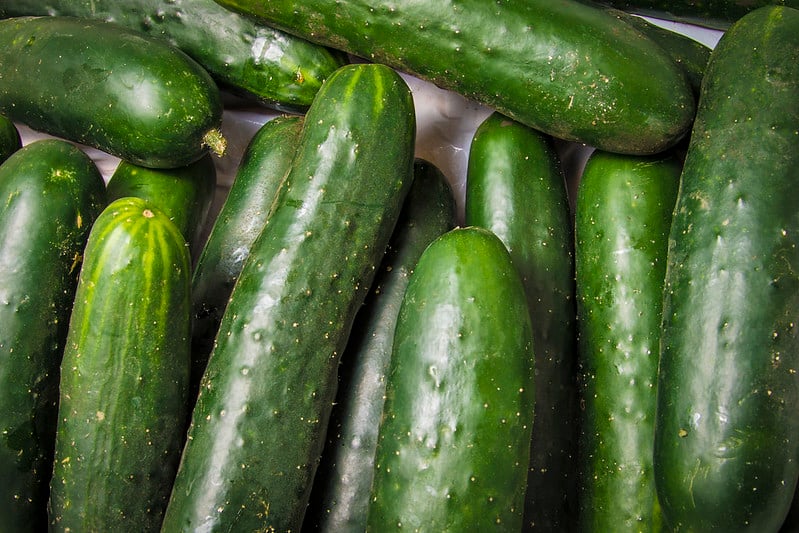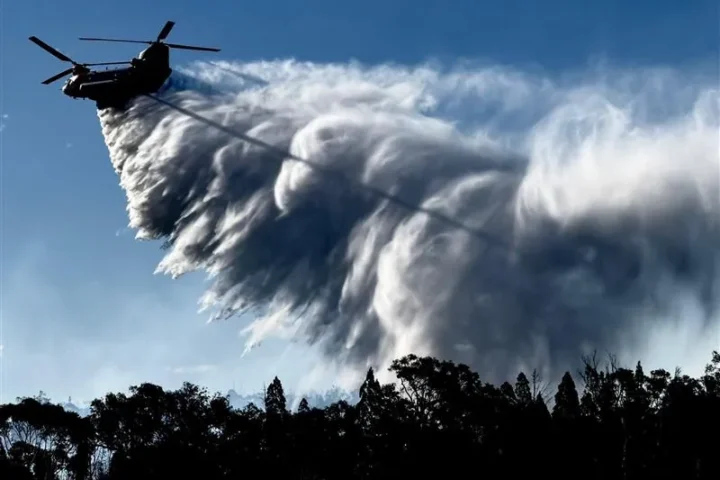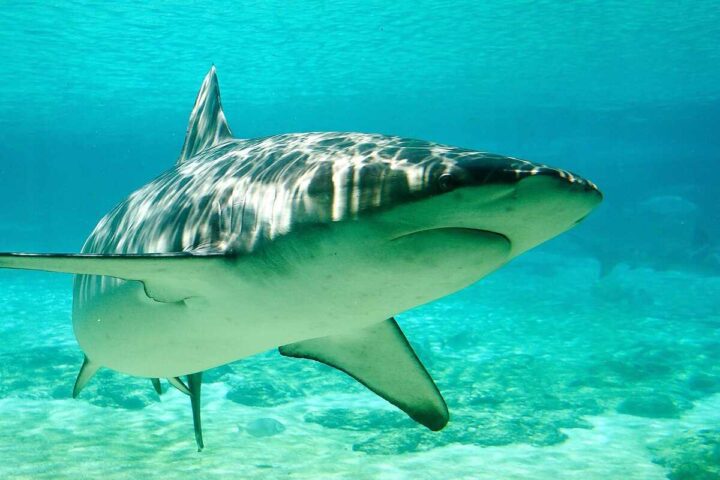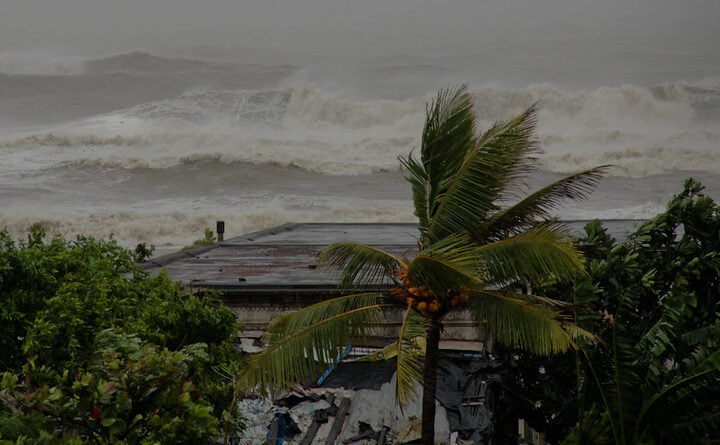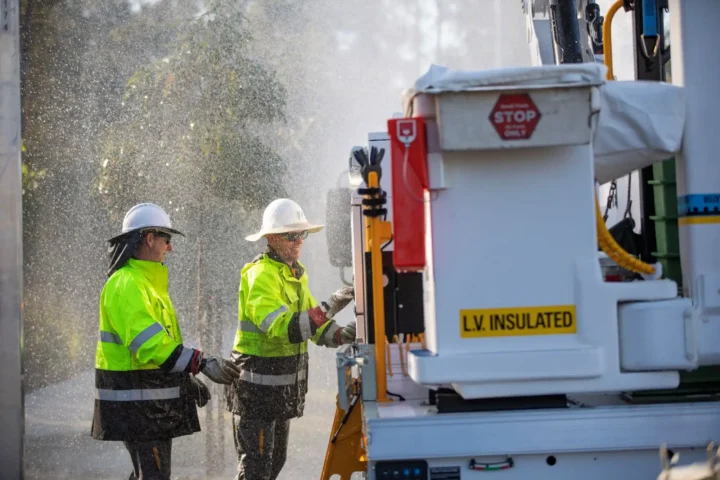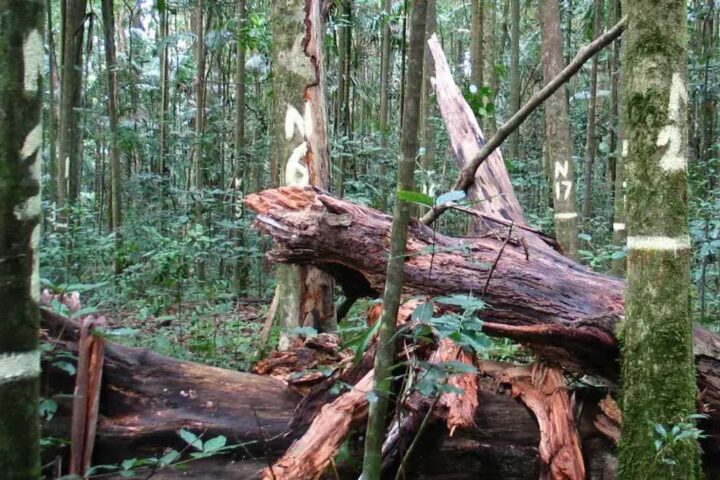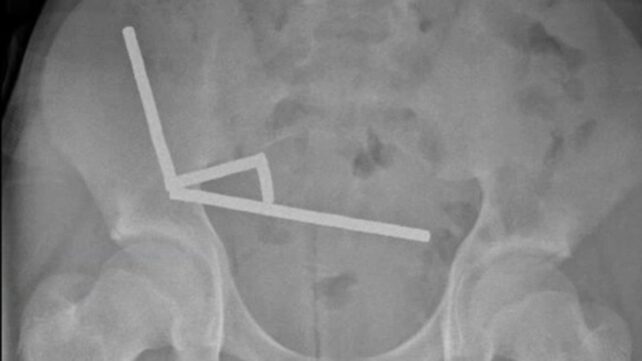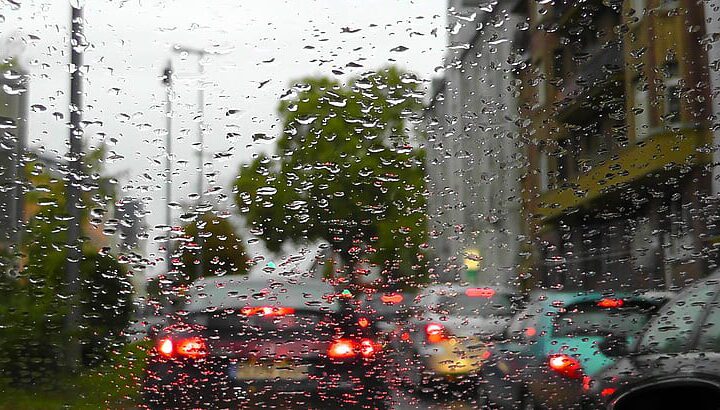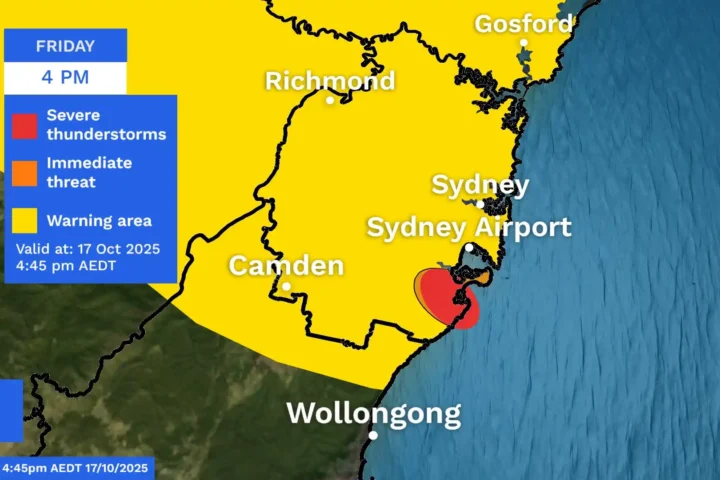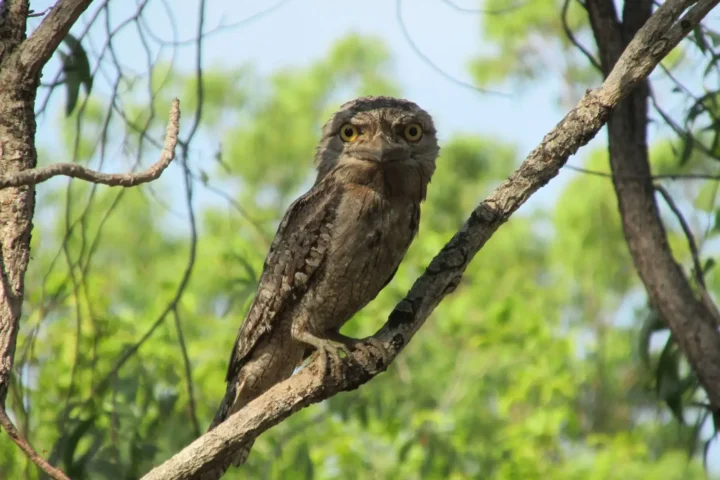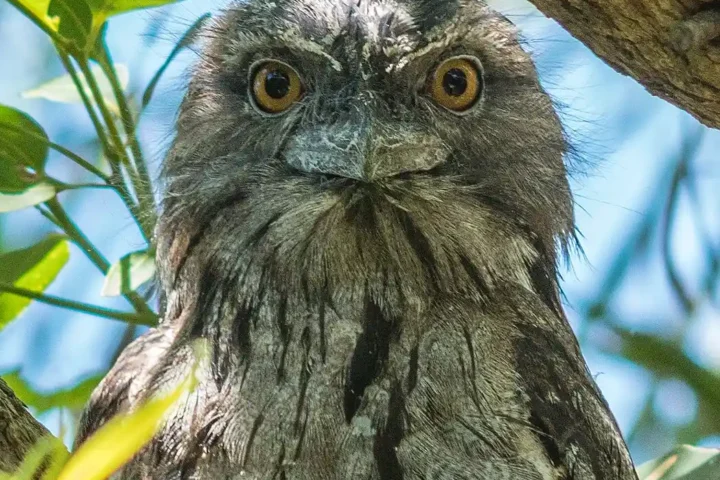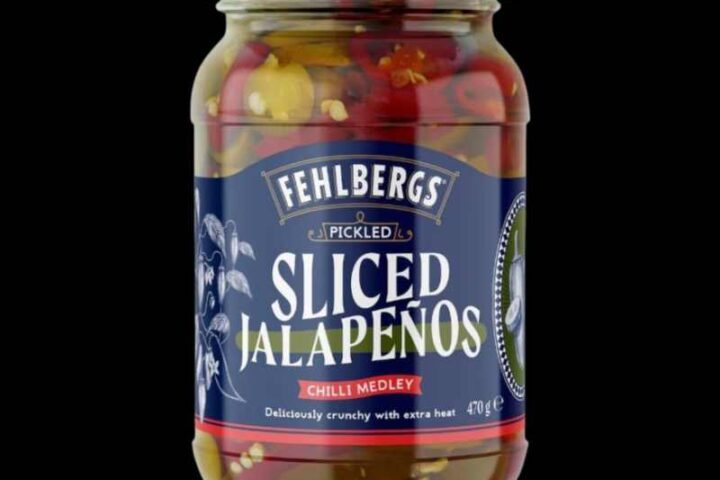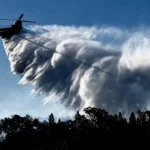A toxic algae bloom has turned South Australian waters into what marine experts call “a horror movie for fish,” killing more than 200 different species of marine life since March 2025. The crisis spans roughly 4,400 square kilometers – about the size of Kangaroo Island.
The deadly algae, identified as Karenia mikimotoi, acts like a poisonous blanket in the water. It kills marine life in three ways: by damaging their gills so they can’t breathe, causing internal bleeding, and affecting their nervous system. This explains why many dead sharks and rays washing up on beaches have a distinct red color – a sign of severe internal bleeding.
“It can suffocate fish from their gills, cause hemorrhaging by attacking their red blood cells, and act as a neurotoxin and attack the fish’s nervous system and brain, causing unusual behavior,” explains Brad Martin from OzFish, a group working to protect fish habitats.
The crisis has hit marine life hard. Out of 1,400 reports from local observers, nearly half the deaths were ray-finned fish, while sharks and rays made up a quarter. Squid, cuttlefish, and octopuses accounted for 7%, with crabs, lobsters, and prawns at 6%.
The situation is particularly dire for less mobile sea creatures. In one striking example, more than 50 protected sea dragons washed up on a single beach at Foul Bay – a sight that shocked even veteran marine conservationist Mike Bossley. “I’ve been walking beaches for years and years, and I might see one every five years, but to suddenly have 52 of them washed up on one beach at one time, it’s just phenomenal,” he notes.
Unusually warm water temperatures – 2.5 degrees Celsius above normal – combined with calm seas have created perfect conditions for the algae to thrive. Environment Minister Susan Close points out that these conditions show no signs of improving without strong westerly winds to break up the bloom.
Similar Posts
While the algae isn’t deadly to humans, it can irritate skin and cause breathing problems. Local authorities advise against swimming in discolored or foamy water and warn people not to touch dead marine life on beaches.
The impact extends beyond wildlife. Several oyster farms have shut down temporarily, and commercial pipi harvesting has stopped in affected areas. Local tourism has also taken a hit, with fewer visitors to coastal areas due to dead marine life washing up on beaches.
Roanna Horbelt, who runs a research company on Kangaroo Island, puts the crisis in stark terms: “It’s like a bushfire in the oceans; it’s wiping out everything.” She notes that water temperatures this year have been at least three degrees higher than any other year.
Marine biologist Shauna Murray, who identified the algae species, explains that while Karenia mikimotoi has appeared worldwide since the 1930s – including in Japan, Norway, the United States, and China – South Australia hasn’t seen a bloom this large or long-lasting before.

The only solution lies in nature itself. “We need a big change in weather to break this thing up – there is nothing we can do to precipitate this,” Minister Close emphasizes. Until strong westerly winds arrive to disperse the bloom, marine life in South Australian waters remains at risk.
This crisis serves as a vivid example of how warmer ocean temperatures can trigger devastating chain reactions in marine ecosystems. With water temperatures staying higher than normal, the toxic bloom continues to threaten South Australia’s rich marine biodiversity
